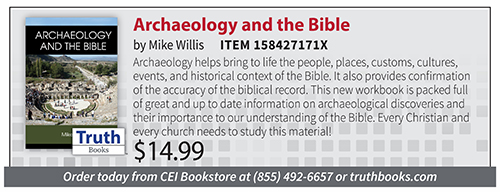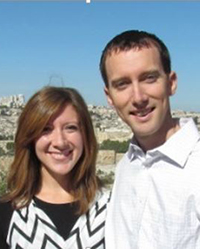

by Trent and Rebekah Dutton
Synopsis: Beersheba (well of the seven or well of the oath) was situated on the southern border of the Promised Land. Frequently mentioned in Genesis, a study of this ancient site helps us to understand the Biblical text and its actors.
It only seems fitting, with our last article being a profile of the ancient site of Dan, to also profile the ancient site of Beersheba. The archaeological background and investigation milieu concerning Beersheba is slightly different from that of Tel Dan, but we still have plenty of material with which to work. The first difference between these two sites is that, at Beersheba, we are potentially dealing with more than one site. The two possible locations for this Biblical site are Tel es-Seba' and Bir es-Seba' (modern Arabic names). Before diving into the details of these sites, the general comments from the Dan profile still hold true—you can read details of landscapes and views, seeing the locations just as the ancient writer did. You can read and understand the text without being there, but being there does give a depth of perspective otherwise not possible.
These potential locations of Beersheba are just a few miles apart in the southern-central portion of modern-day (and ancient) Israel. It is the area designated "from Dan to Beersheba" in the Old Testament that defined the northern and southern extents of Israel for many centuries. This location lies at a key point of travel and trade connecting the Mediterranean coast to the desert inland routes, as well as north to south travel routes. It provided a stopover point and administrative center for ruling governments to control travel and trade throughout the region (think taxes and military control). The ancient site of Arad (Judg. 1:16), also in this vicinity, served a similar purpose.
Tel es-Seba' is commonly and most traditionally identified as the Biblical site of Beersheba. This site lies a few miles east of the modern-day city and is the popular site visited by tourist groups. It is a 3-acre raised mound, nicely excavated to reveal a well-planned and organized Iron Age city (Divided Kingdom). If you perform a Google image search or look up the Wikipedia entry for this site, Tel es-Seba' is the one you will see. The Wiki entry for Beersheba that describes the modern history and status of the city does not mention there are two possible locations for the ancient site. This is somewhat interesting, as the other possible site for Beersheba is actually in the modern-day city.
The other possible site, Bir es-Seba' encounters a problem of the old world intersecting with the new. If you dig anywhere in Israel, you are likely to hit ancient ruins. This is often trouble for modern development, as construction must be stopped, and an evaluation made to document and remove the ancient material or to plan the construction around the ancient material. This site was overrun by modern construction, so salvage excavations make up most of what we know about the site. The salvage excavations show an Iron Age city much like Tel es-Seba', but this site is much larger, at 25 acres.
What is known about both sites is that there was early occupation in and around them during the Chalcolithic era (~4,000 BC), and they were more or less abandoned until the Iron Age (~1,200 BC). As your Biblical narrative and historical dating wheels begin to turn, you will eventually hit the question: "What about Abraham? He gave Beersheba its name and resided there, and my lesson book tells me he lived at 2,000 BC. So, do we have an Abraham problem?"
Yes, we do have an Abraham problem, but the problem is not with dates and occupational times. The problem is in how Abraham lived, or rather, our perception of how he lived. We are given plenty of descriptions of Abraham's living style and his movements, which tell us he did not dwell in cities. He did, however, start a few. But even with that, we may not fully consider that Abraham was a pastoral nomad—a seasonal wanderer with herds and flocks and tents and people, more like the modern-day Bedouin. His era, even though we do not know "exactly" when it would have been, very much fits his roaming lifestyle, when pastoral nomads wielded political and social clout, even becoming kings of city-states. Was he moving around via God's direction at times? Sure, but this does not preclude him from being a pastoral nomad that was chosen to fulfill God's plan. In fact, if God needed a roaming individual to make His narrative happen, Abraham seems to have been a good choice.
"Dan to Beersheba" is a range of geographic space that encapsulates so much of the Biblical text, and Beersheba serves as a key location from the Patriarchs to the Divided Kingdom. Locations like Tel es-Seba' provide a visual platform where you can see vistas in the distance, such as the Negev, the Judean Hill Country, and the edge of the Jordan Valley and Wilderness of Zin, where many episodes of God's people play out on the land.
For more information, see various excavation reports on the archaeology of Beersheba by Gunnar Lehmann referenced in The Oxford Encyclopedia of the Bible and Archaeology. Edited by Daniel M. Master. USA: Oxford University Press, 2013.
Author Bio: Trent and Rebekah Dutton both hold Master's degrees in Biblical Archaeology from Wheaton College in the Chicago, IL area. They have participated in four full excavation seasons with the Leon Levy Expedition to Ashkelon, Israel, and two seasons at Tel Shimron in the Jezreel Valley. They can be reached at trentdutton@gmail.com.
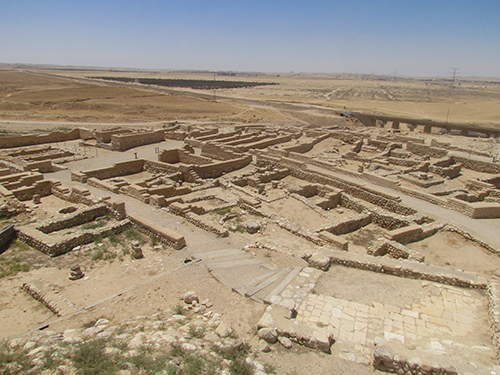
Image 1: Tel es-Seba' reconstructed Iron Age remains
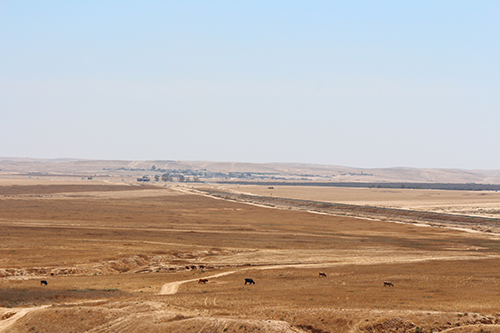
Image 2: Tel es-Seba' looking south over the Negev
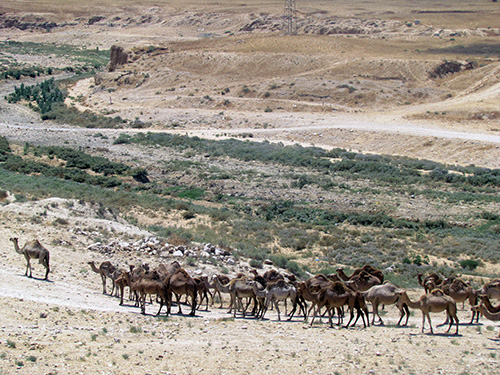
Image 3: Camel herd from Tel es-Seba'
